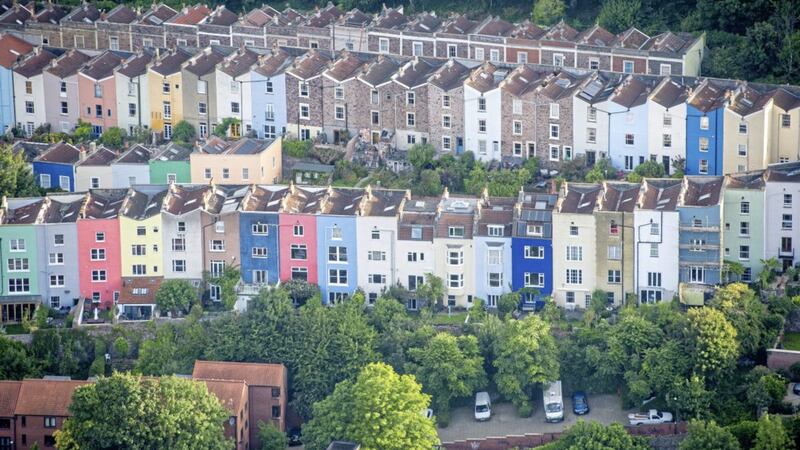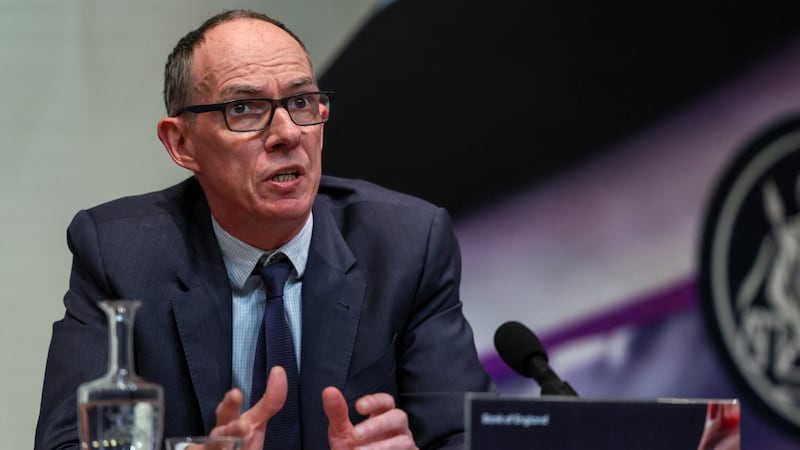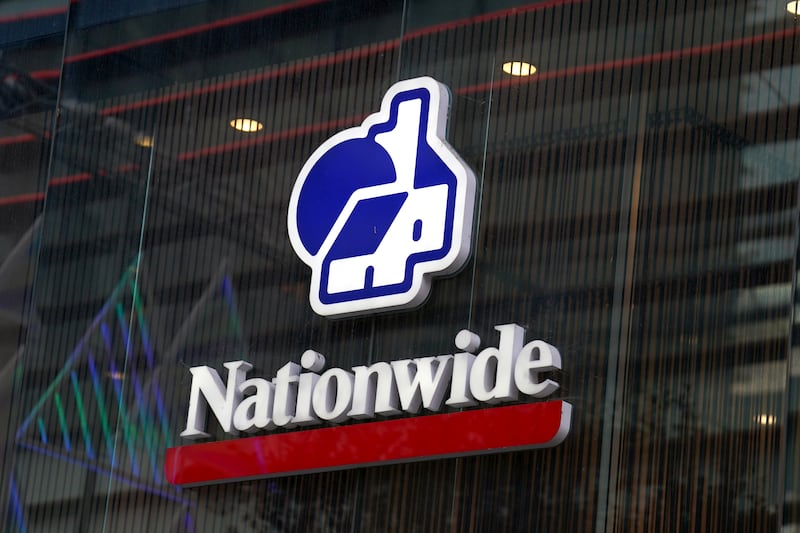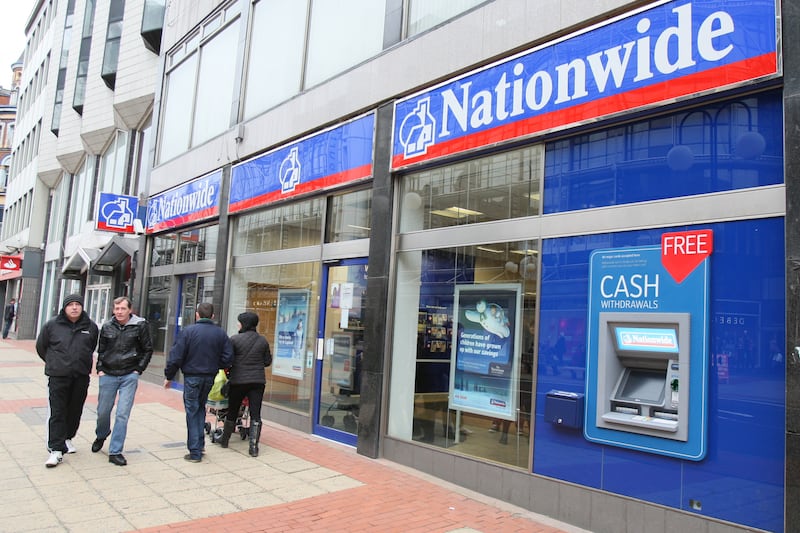THE average house price has topped £215,000 for the first time - but annual growth in property values has slowed to a five-year low - according to an index.
Across the UK, the typical house price in June stood at a new record high of £215,444, up 0.5 per cent month on month, Nationwide Building Society said. House prices are 2 per cent higher than a year ago.
Robert Gardner, Nationwide's chief economist, said: "Annual house price growth fell to its slowest pace for five years in June. However, at 2 per cent, this was only modestly below the 2.4 per cent recorded the previous month."
Regionally, in the second quarter of this year, London was the only area where house prices are lower than a year ago - following a trend also seen in the first quarter of 2018.
In the second quarter, house prices in London stood at £468,845 on average - a 1.9 per cent annual fall.
Despite the downward price movement in London, house prices there are still more than 50 per cent above their 2007 peak.
By comparison, house prices in the UK generally are 15 per cent higher, Nationwide said.
The East Midlands had the strongest annual house price growth in the second quarter, with prices up by 4.4 per cent, followed by the West Midlands, which saw a 4.3 per cent increase, and Wales with a 4 per cent uplift.
In Scotland, house prices were 3.1 per cent higher than a year earlier, while in Northern Ireland they have seen a 2.1 per cent increase.
Mr Gardner continued: "Subdued economic activity and ongoing pressure on household budgets is likely to continue to exert a modest drag on housing market activity and house price growth this year, though borrowing costs are likely to remain low.
"Overall, we continue to expect house prices to rise by around 1 per cent over the course of 2018."
Samuel Tombs, chief UK economist at Pantheon Macroeconomics, said: "Tight supply, a healthy labour market and a continued lengthening of mortgage terms - 30-year loans now are common - will help to prevent prices from falling outright.
"But it is inevitable that house prices will grow at a slower rate than households' incomes during a period of rising mortgage rates."
He continued: "We expect the official measure of house prices to rise by just 1.5 per cent over the course of 2018 and a mere 2 per cent over 2019."
Jeremy Leaf, a north London estate agent and a former residential chairman of the Royal Institution of Chartered Surveyors (Rics), said: "On the one hand, the squeeze on incomes and unrealistic asking prices is reducing activity and confidence to move, particularly in price-sensitive areas such as London.
"On the other hand, the market continues to be supported by low interest rates and overall supply shortages, although we have found recently that listings and viewings are on the rise. This will translate into more sales if buyers and sellers recognise the new market realities."
Here are the annual house price changes regionally in the second quarter of 2018, according to Nationwide, with the average house price:
- East Midlands, £181,549, 4.4 per cent
- West Midlands, £188,516, 4.3 per cent
- Wales, £153,964, 4 per cent
- Scotland, £148,161, 3.1 per cent
- North West, £160,419, 3 per cent
- Outer South East, £281,752, 2.5 per cent
- East Anglia, £225,768, 2.5 per cent
- South West, £243,182, 2.4 per cent
- Northern Ireland, £136,211, 2.1 per cent
- Yorkshire and Humberside, £155,075, 2.1 per cent
- North East, £127,266 ,1.6 per cent
- Outer Metropolitan, £365,514, 0.9 per cent
- London, £468,845, minus 1.9 per cent







